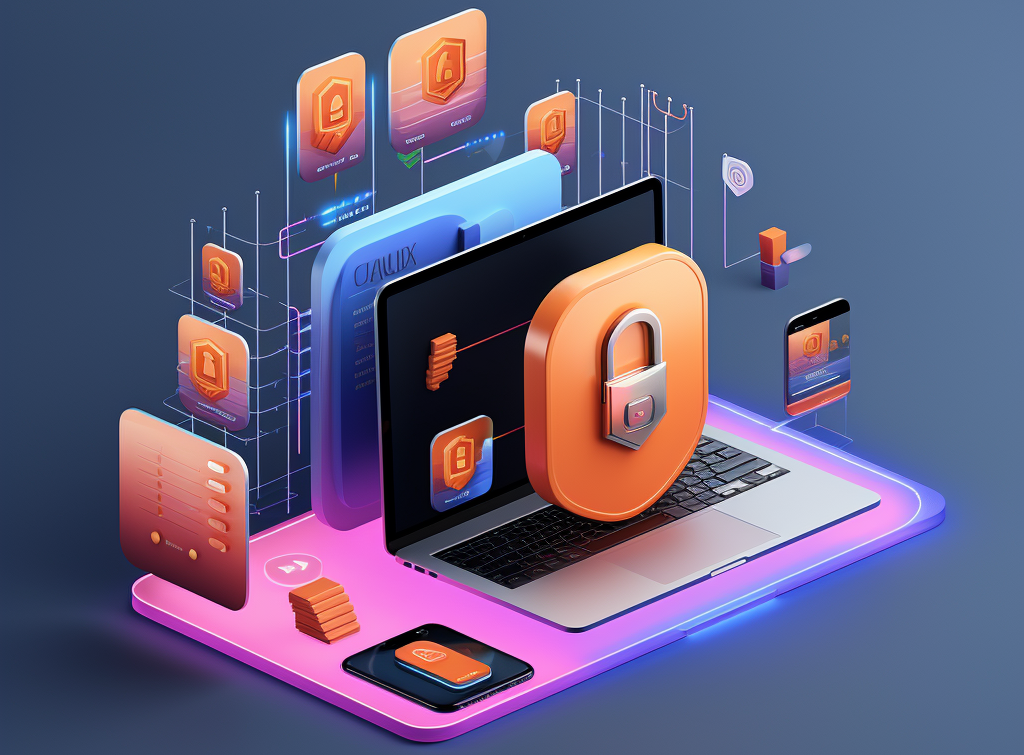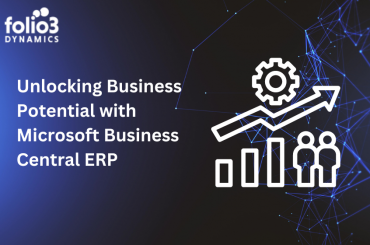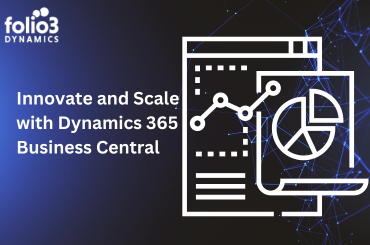Table of Contents
It’s a sunny day, and you’re sitting in your office, watching the orders come in on your ecommerce website. You’re feeling pretty good, knowing that your business is thriving and providing your customers with the products they need. But suddenly, a notification pops up on your screen: “Payment processing error.”
Your heart sinks as you realize that a glitch in your payment processing system has caused a customer’s order to be declined. You frantically try to fix the issue, but it’s too late. The customer has moved to another site, and you’ve lost a sale.
That’s when you realize the importance of payment processing. It’s not just a back-end process; it’s the foundation of your business. Choosing the right payment processor can make or break your ecommerce success.
Ecommerce payment processing is the backbone of your business. It’s the fuel that keeps your business running and your revenue flowing. But with so many payment processors out there, it can be challenging to know which one to choose.
Well, in this blog, we’ll take you on a journey through the world of ecommerce payment processing. We’ll show you why it’s so important to choose the right payment processor for your business and the top payment processors in the industry.
So let’s get started and make sure you never have to deal with a payment processing error again!
How Ecommerce Payment Processing Works
Now, let’s start our quest to understand the ecommerce payment processing journey by getting familiarized with how ecommerce payment processing actually works.
Understanding the Payment Processing Cycle
Just as easy as it is to process ecommerce payments, the technicalities behind the scene are starkly complex. It’s a multi-step process that involves several parties, including the customer, the merchant, the payment gateway, and the payment processor.
- Authorization: At this stage, the payment processor requests the customer’s bank or credit card company to confirm that the funds are available and that the transaction meets all necessary compliance standards. Once the transaction is approved, the payment processor sends a confirmation message to the payment gateway, which then forwards the message to the merchant’s website.
- Settlement: Once the transaction has been authorized, the funds are transferred from the customer’s account to the seller’s. Depending on the payment processor, this process can take anywhere from one to five business days.
- Funding: After completing the settlement process, the funds are deposited into the seller’s account. Depending on the payment processor, this can take anywhere from one to three business days.
- Chargebacks: In the event that the customer disputes the transaction and requests a refund, the payment processor will initiate the chargeback process. The customer’s bank or credit card company will then investigate the claim and determine whether or not to issue a refund.
Different Types of Payment Methods
Now that we’ve covered the payment processing cycle let’s explore the different types of payment methods available for ecommerce transactions. Here are some of the most popular options:
- Credit and Debit Cards:These are the most common payment methods and involve customers entering their card information into your ecommerce platform.
- E-Wallets: E-wallets like PayPal and Apple Pay allow customers to store their payment information in a secure digital wallet, making it faster and easier to complete purchases.
- Bank Transfers: Some customers prefer to transfer funds directly from their bank account to the merchant’s account, using services like ACH or SEPA.
Role of the Payment Gateway and How it Integrates with the Payment Processor
The payment gateway is the intermediary between the customer and the payment processor. It handles the encryption and transmission of payment information and ensures that the payment processor receives the necessary information to authorize the transaction.
The payment gateway also plays a vital role in fraud prevention, using advanced algorithms and machine learning to identify and prevent fraudulent transactions before they occur.
The payment gateway integrates seamlessly with the payment processor, ensuring a smooth and secure payment process for both the merchant and the customer.
Security Measures to Ensure Safe Transactions
Speaking of security, let’s talk about the measures that you can take to ensure that your ecommerce transactions are safe and secure. Here are some of the most critical security measures to consider:
- PCI Compliance: Compliance with the Payment Card Industry Data Security Standards (PCI DSS) is a must for all payment processors and gateways. PCI DSS sets strict guidelines for handling and protecting payment information.
- Tokenization: Tokenization is the process of replacing sensitive payment information with a unique token, making it more difficult for hackers to access the information.
- Encryption: Payment information is encrypted both in transit and at rest, ensuring that unauthorized parties cannot intercept it.
Top Ecommerce Payment Processors for Ecommerce Businesses
Well, now that we have covered the basics of how ecommerce payment processing works, including the payment processing cycle, different payment methods, and the role of payment gateways in integrating with payment processors. Now, let’s delve deeper into the world of payment processors and explore the top options available for ecommerce businesses.
As an ecommerce business owner, choosing the right payment processor can significantly impact your bottom line. With so many options available, it can be overwhelming to determine which payment processor is the best fit for your business. But fear not because we’ve done the research for you and compiled a list of the top payment processors in the industry.
Analysis of the Top Ecommerce Payment Processors in the Industry
PayPal
PayPal is one of the most popular payment processors in the world. It’s simple to use and offers a variety of features, including the ability to accept payments from customers worldwide, as well as a range of fraud protection tools. However, it’s worth noting that PayPal’s transaction fees can be pretty high, particularly for larger transactions.
Pros:
- Accepts payments from customers worldwide
- Offers a range of fraud protection tools
- Easy to use and integrates with most ecommerce platforms
Cons:
- Transaction fees can be quite high
- It can be difficult to resolve customer disputes
Stripe
Stripe is another popular payment processor that’s well-suited to ecommerce businesses. It offers a range of features, including the ability to accept payments from customers worldwide, as well as advanced fraud protection tools. However, it’s worth noting that Stripe’s pricing structure can be quite complex, and its customer support can be slow to respond.
Pros:
- Accepts payments from customers worldwide
- Offers advanced fraud protection tools
- Integrates with most ecommerce platforms
Cons:
- Pricing structure can be complex
- Customer support can be slow to respond
Square
Square is a payment processor that’s particularly well-suited to small and medium-sized businesses. It offers a range of features, including the ability to accept payments from customers in person as well as online. However, it’s worth noting that Square’s transaction fees can be quite high, particularly for card-not-present transactions.
Pros:
- Well-suited to small and medium-sized businesses
- Offers a range of features, including in-person payments
- Easy to use and integrates with most ecommerce platforms
Cons:
- Transaction fees can be quite high
- May not be suitable for larger businesses
Authorize.Net
Authorize.Net is a payment processor that’s particularly well-suited to larger businesses. It offers a range of features, including the ability to accept payments from customers worldwide, as well as advanced fraud protection tools. However, it’s worth noting that Authorize.Net’s pricing structure can be complex, and its customer support can respond slowly.
Pros:
- Well-suited to larger businesses
- Offers advanced fraud protection tools
- Integrates with most ecommerce platforms
Cons:
- Pricing structure can be complex
- Customer support can be slow to respond
Comparison of Features, Pricing, and Transaction Fees
To help you make an informed decision, here’s a comparison of the features, pricing, and transaction fees for each of the payment processors listed above:
| Payment Processor | Features | Pricing | Transaction Fees |
| PayPal | Accept payments worldwide, fraud protection tools, easy to use | 2.9% + $0.30 per transaction | Can be high for larger transactions |
| Stripe | Accept payments worldwide, advanced fraud protection tools | 2.9% + $0.30 per transaction | Can be complex |
| Square | Well-suited to small and medium-sized businesses, in-person payments | 2.9% + $0.30 per transaction | Can be high for card-not-present transactions |
| Authorize.Net | Well-suited to larger businesses, advanced fraud protection tools | $25 per month + $0.10 per transaction | Can be complex |
Factors to Consider When Choosing a Payment Processor
Choosing the right payment processor is not just about accepting payments. It’s about providing your customers with a seamless and secure payment experience that encourages them to make repeat purchases. If your payment processor has frequent downtime or security breaches, it can lead to lost sales and a damaged reputation. Furthermore, choosing the wrong payment processor can result in higher fees, lower conversion rates, and decreased customer satisfaction.
Here are some of the most important factors to consider when choosing a payment processor:
- Fees: Fees vary widely among payment processors, so it’s essential to understand the different types of fees charged, such as transaction fees, monthly fees, chargeback fees, and currency conversion fees. Compare the fees of different payment processors and choose the one that offers the most competitive pricing.
- Integration: Consider how well the payment processor integrates with your ecommerce platform. A seamless integration allows faster and more accurate payment processing, reducing the risk of errors and failed transactions.
- Customer Support: Check the quality of customer support the payment processor offers. Is it available 24/7? Do they have a dedicated support team to handle payment-related issues? Look for payment processors with excellent customer support to ensure your business runs smoothly.
- Security Measures: Ensure that your payment processor meets industry standards for security measures, such as PCI compliance and fraud detection. This ensures that your customer’s sensitive information is protected from cyber threats.
- Reputation: Look for payment processors with a good reputation in the industry. Read online reviews and customer feedback to gauge their reliability and customer satisfaction levels.
Tips for Optimizing Payment Processing for Ecommerce Businesses
Well, now that we know the significance of Ecommerce payment processing for ecommerce businesses, optimizing it can lead to better customer experiences and increased sales.
Here are some best practices for improving the payment processing experience for your customers:
- Ensure that your payment gateway is secure and reliable. Choose a PCI-compliant payment processor that uses encryption to protect your customers’ data.
- Offer multiple payment options to your customers. Some customers prefer to pay with credit cards, while others prefer PayPal or other online payment options.
- Reduce the number of steps required to complete a payment. Too many steps can lead to frustration and cart abandonment.
- Use a mobile-responsive design for your payment pages. With more and more customers using their smartphones to shop online, optimizing your payment process for mobile devices is important.
- Provide clear and concise payment instructions to your customers. Make sure they know what information is required and how to enter it correctly.
- Offer automatic recurring payments for subscription-based products or services. This can help reduce customer churn and increase customer lifetime value.
Best practices for improving the payment processing experience for customers
Focus on the following best practices to provide your customers with the best possible payment experience:
- Use a simple and intuitive checkout process. Customers should be able to complete their purchases quickly and easily.
- Provide clear and concise information about pricing and shipping costs. Hidden fees or unexpected shipping costs can lead to cart abandonment.
- Use a secure payment gateway to protect your customers’ sensitive information. Display security logos or badges on your payment pages to build customer trust.
- Offer a guest checkout option for customers who don’t want to create an account. This can help reduce friction and speed up the checkout process.
- Provide real-time order confirmation and tracking information. This can help build trust with your customers and reduce customer service inquiries.
Strategies for reducing cart abandonment rates and increasing sales
Cart abandonment is a major issue for ecommerce businesses, but there are strategies you can use to reduce it and increase sales:
- Simplify the checkout process by removing unnecessary form fields or steps.
- Display shipping costs and taxes early in the checkout process to reduce surprises at the end.
- Use exit-intent popups to offer discounts or other incentives to customers who are about to abandon their cart.
- Use retargeting ads to remind customers of items they left in their cart.
- Provide customer reviews and social proof to build trust with your customers.
Importance of optimizing for mobile devices
If you don’t optimize for mobile devices, you already lose over 50% of your customers. Therefore, it’s critical to optimize your payment process for mobile devices. Some best practices for mobile optimization include:
- Use a mobile-responsive design that adapts to different screen sizes.
- Use large, easy-to-click buttons and form fields.
- Avoid using pop-ups or other elements that may not work well on mobile devices.
- Test your payment process on different devices and browsers to ensure compatibility.
Wrapping Up
Well, we’ve covered some serious ground here! From understanding the inner workings of ecommerce payment processing to exploring the top payment processors available in the market, we are sure you will have everything you need to know to implement a seamless and highly efficient ecommerce payment processing system.
If you still need expert support and assistance, don’t hesitate to reach out to us at Folio3 for expert assistance and support. We’re always here to help you optimize your payment processing and take your business to the next level.
So what are you waiting for? Get in touch with us today, and let’s work together to build a seamless, secure, and successful ecommerce business!





